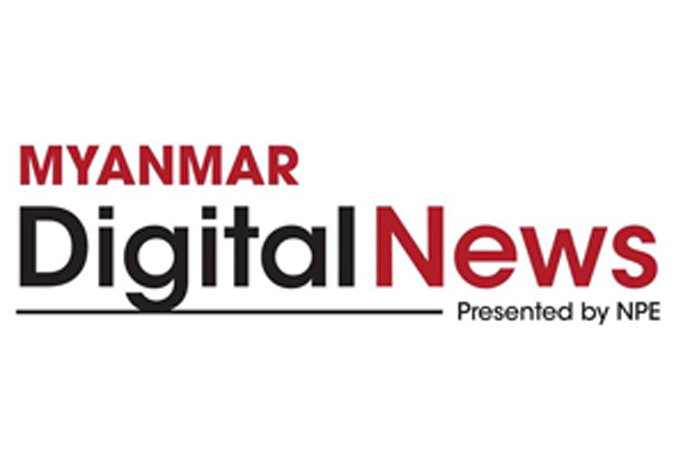By U AC
Myanmar’s insurance market was opened up from 2013 onwards. Since then, the market has grown albeit not as much as expected. In a country where the population take-up of insurance products is less than 10 per cent, it seems surprising that the market penetration is taking so long.
As with insurance markets across the world, we have both life and general insurers in Myanmar, 17 and 9, respectively. In terms of ownership, there are eight local-privately owned, one SOE (State Owned Enterprises), five foreign and three joint ventures, for life insurance. For general insurers, there is one SOE, five locals and three joint venture companies. The product range is not limited either, with both types of insurance having over 20 different products each.
The one and only SOE insurer covering both markets are Myanma Insurance (not ‘Myanmar’). The uniqueness of it being the only Unlimited liability insurance entity. It occupies the top position in general insurance and #2 in life insurance, probably due to the unlimited liability and government business for the former and insuring civil servants for the latter.
Some mistaken Myanma Insurance as the regulator. The regulator for the insurance industry is Insurance Business Regulatory Board (IBRB), not Myanma Insurance.
The insurance penetration in the country is very low at present. The industry development is at a very nascent stage. There are lots of potential for growth in every sector of the industry, life, health, travel, car, or otherwise. Contrasting with the mobile phone and the internet, it took less than five years for mobile and internet penetration to reach 100 per cent of the population. The insurance market is taking much longer than expected.
All entities and individuals are encouraged to buy coverage from licensed insurers within the country. Purchasing coverage from unlicensed overseas insurers carries additional risks, especially in terms of difficulty in making claims, conflict resolution and mediation through the IBRB. If one insists, companies and individuals can still purchase products from overseas insurers, through Myanma Insurance fronting, i.e., the SOE entity, acting as agent for unique products of overseas insurers, for a fee.
One of the reasons for the slow pickup of life insurance in Myanmar seems to be the soft Kyat currency. Imagine you paid 3 Kyats per month for 100,000 Kyats death coverage 40 years ago. At that time, that seemed like a good deal. Yet, assuming that the person insured is still alive today. K100,000 or less than $50, would amount to almost nothing, let alone compensate for death or funeral expenses. These figures are real and factual promotions done by Myanma Insurance forty years ago at schools, as death cover for the parents. Now we can clearly see the issue of inflation and insuring in a soft currency.
The antidote to this would be to go for life insurance of short duration (which in turn eliminates the crucial advantage of life insurance) or go for inflation-adjusted life coverage. At least, the detrimental impacts of inflation would be somewhat mitigated.
Current Status
The market is profitable and growing at present. More and more products are being introduced every year. People are becoming aware of the availability of insurance products as the agents get trained and push for sales. The downside of this is that more insurance frauds are being experienced at the same time. The most common is in the car insurance sector. Even though the payout ratio is 25 per cent on average across the industry, the car insurance payout is the odd one out with more than 50 per cent payout (from the premiums collected). It is time the insurance industry starts keeping a record of insurance fraudsters so that honest policyholders do not have to subsidize the criminal actions of these few people.
Every car in Myanmar needs to have third-party liability insurance provided by Myanma Insurance, at the time of vehicle license renewal. The cost is only around $10-$15 and the payout is only around $1,500 in the event of the death of a third party, caused by the insured motorized vehicle. Comprehensive coverage for cars only became widely available after the insurance industry’s liberalization in 2013.
Recently the insurance market was shaken up by the announcement that private insurers were no longer covering terrorism risks. Democracy campaigns of NNCP (NUG, NLD, CRPH, PDF) terrorists finally hurting the insured public too. Instead of adjusting via increased premiums, private general insurances take the easy way out, of not wanting to deal with terrorist activities, which some of them probably supported initially. Those wanting coverage for terrorism, war and unrest now flocked to Myanma Insurance as their saviour.
At the end of the day, the industry is still a licensed business sector and as such, expected to be profitable, at least in the long run.
Claim Disputes
Claim disputes are a rarity in Myanmar. In 2021, there are less than five handled by IBRB. Most of the disputes resulted from different interpretations of insurance terms.
More Agents and Agencies
More agents are being trained in both life and general insurance. The agents work under one year contract committing themselves to the insurer. The companies acting as agencies with teams of agents are likely to appear in the foreseeable future too.



